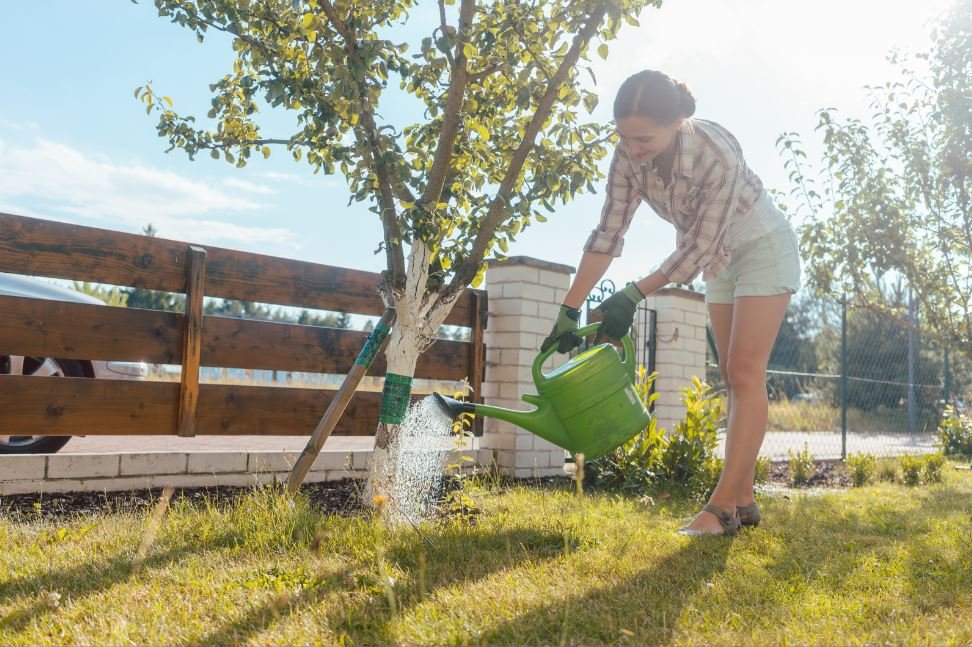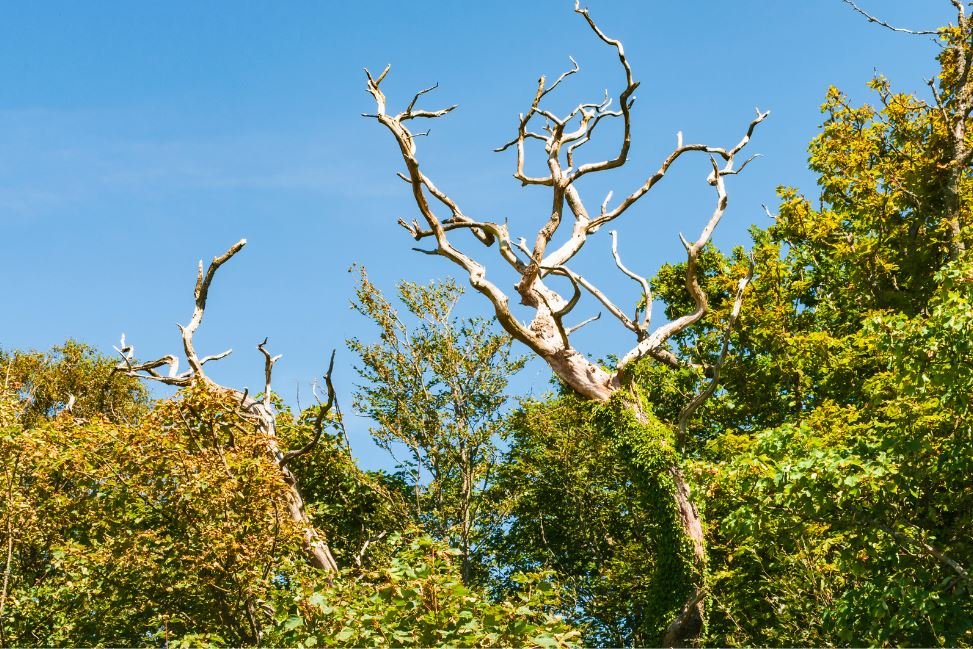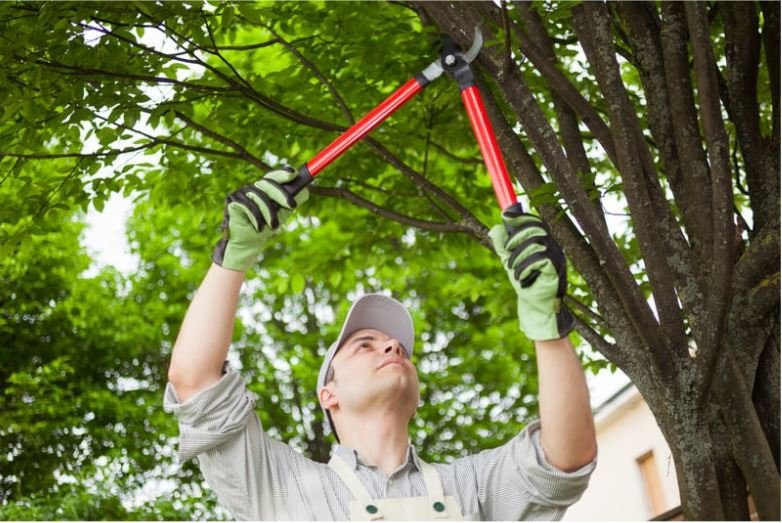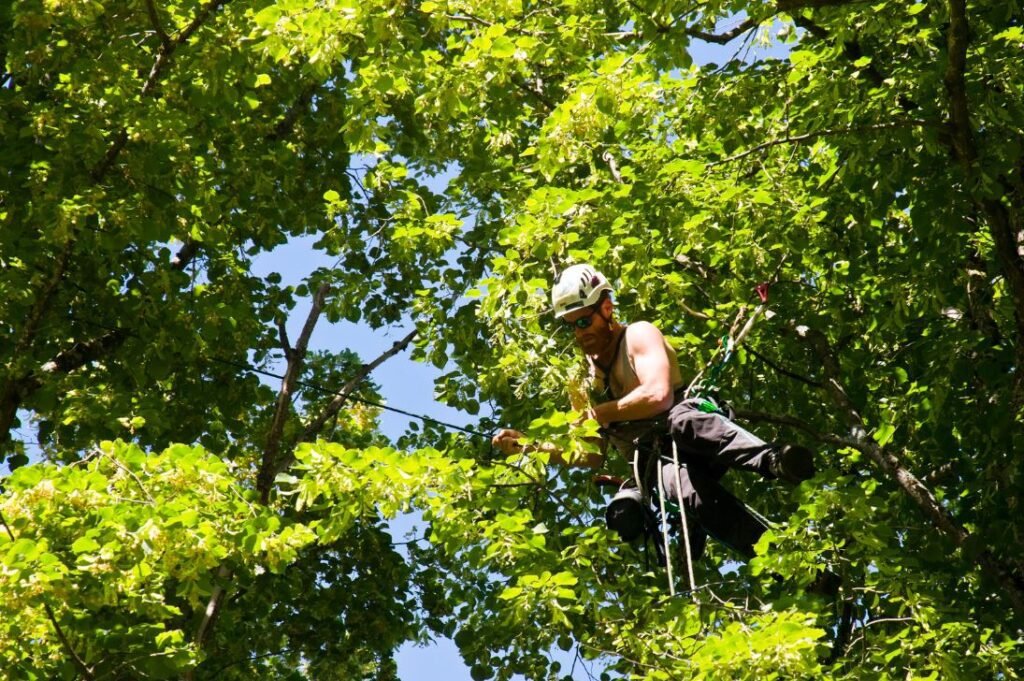Below is a guide regarding tree care throughout the year. For healthy and attractive trees specialized care must be given during spring, summer, fall, and winter.
Spring.
Trees begin to break their dormancy as the warm spring weather approaches. During this period trees are vulnerable to pest and disease infections. Tree care around this time should revolve around planting, trimming and fertilizing among others. Any tree care that involves digging near the tree should be done with care to avoid possible damage to root systems. This is also the best time for planting. It’s less stressful on the tree to plant before the hot and dry temperatures begin. Below are some of the best practices during this time of the year:
- Pruning should commence in March to thin out and remove old, damaged and overgrown branches.
- Mulching materials should be placed around the base of trees to help retain moisture when the temperatures get high. Mulching also serves to discourage the growth of weeds hence preventing the use of mowers that can damage barks.
- Planting of trees around April is recommended. Consider the sol structure, drainage, and fertility before choosing a site to plant trees in. The right tree should go to the right place. Proper planting practices must be exercised to avoid stressing the tree. Planting too deep or over mulching are some of the practices that should be avoided.
- Watering might be done whenever the sols get dry but caution must be taken to avoid waterlogging.
Summer.
Most of the care practices in spring can also be carried over to summer. If the trees are in an area affected by drought, watering should be a priority. Mulching helps retain the moisture hence nourishing the tree through the dry period. The equivalent of one inch of watering is sufficient. Trees that are adequately watered have the vitality to resist diseases.
Inspection of leaves and branches is necessary during this time. This is for the purpose of checking for pests and diseases. Early fall leaf color at this point requires the intervention of an arborist.
Fall.
This period is charactered by shorter days and longer nights. Trimming of trees in fall prepares them for winter. During this time the leaves do not obscure the main branches making it easier to inspect for diseases.
Heavy snow accompanied by freezing ice during winter weighs down the tree and can cause weakening of branches or even breakage.
Pruning should be done to avert this danger when the next winter snow or ice storm hits. In preparation for winter weather, arborists should lessen the weight of the tree by removing dead wood and weak branches. This important task should not be neglected due to the disastrous effects falling trees can have on people and property.
Fertilization during fall is beneficial for promoting the growth of roots rather than leaf growth. This helps the tree store up reserves and prepare for vigorous growth the following spring.
Winter.
Trees cannot run away from the biting cold that comes during winter. Instead, trees hibernate. Hibernation is a biological process where the tree slows down the metabolical processes to withstand severe conditions. However, research indicates that the roots remain active even in the frozen soils. This s why it is necessary to ensure there is sufficient moisture in the sols during fall. During winter:
- Trees should be evaluated for weaknesses that can make them susceptible to severe winter conditions.
- Watering of deciduous and evergreen trees should be done at least twice a month between October and March. Soil moisture levels can be established by digging down 4 – 6 inches.
- Pruning or rejuvenation of trees should be done during late winter so plants will recover faster with the new growth in spring. Removal of disease infected limbs is recommendable when they are dormant. The pruning tools should be sterilized to prevent further infection.
- Mulching is necessary for retention of soil moisture. Maintain mulch 4 inches deep around trees but several inches from the base. Evergreen trees face the biggest risk of dying from the winter conditions since they continually lose water through their needles. To survive they require more watering.
- Trees susceptible to snow and ice loads should be supported by permanent or temporary ropes, cables or twines.





